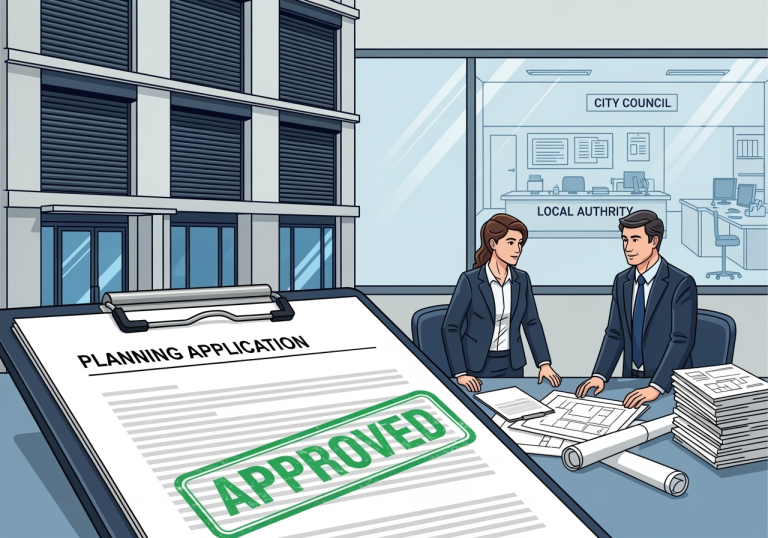info@roller-shutter.uk 01392270218

Permissions Required for Installing Roller Shutters: What You Need to Know
Before installing security roller shutters on your premises, it is important to understand the permissions and consents that may be required. Navigating the correct procedures not only ensures compliance with legal and planning regulations but also helps avoid costly delays or complications.
Local Planning Authority
For most external roller shutters—especially on commercial or retail properties—planning permission from your Local Planning Authority is typically required. This process ensures that the installation meets local guidelines regarding appearance, security, and the impact on the surrounding area. Requirements may vary by location, so it is always advisable to consult your local authority before proceeding.
External Shutters (Commercial/Retail): Usually require planning permission.
Internal Shutters: Generally do not require planning permission, but it is still prudent to check with your local authority to confirm.
Landlord Consent
If your premises are rented or leased, obtaining written consent from your landlord is essential before any installation begins. Landlords may have specific requirements or restrictions regarding alterations to the property, and written approval helps protect both parties.
Rented or Leased Premises: Always seek and retain written landlord consent.
Conservation Areas
Properties located within designated conservation areas are subject to additional controls to preserve the character of the area. In these cases, you must seek permission from the local Conservation Officer for both internal and external roller shutter installations.
Conservation Areas: Permission required for both internal and external shutters.
Listed Buildings
Listed buildings are protected due to their historical or architectural significance. Any alteration, including the installation of roller shutters (whether internal or external), requires consent from the local Listed Building Authority. This process ensures that any changes are sympathetic to the building’s character and comply with heritage regulations.
Listed Buildings: Permission required for both internal and external shutters.
Other Considerations
Building Regulations: In some cases, building regulations may also apply, particularly for fire-rated shutters or those affecting emergency exits.
Documentation: HVP Security Shutters provides full technical specifications, CE marking, and compliance documentation to support your application process.
Professional Advice: Our experienced team can advise on the permissions likely to be required for your specific project and assist with technical submissions where needed.
Summary Checklist
Consult your Local Planning Authority for external shutters (especially commercial/retail)
Seek written consent from your landlord if the property is rented or leased
Obtain approval from the Conservation Officer for properties in conservation areas
Secure Listed Building Consent for listed properties, regardless of shutter location